
My Opinion | 131497 Views | Aug 14,2021
Mar 9 , 2025
By Ahmed T. Abdulkadir
I recently overheard two strangers on my commute locked in a heated debate about food aid and the implications of USAID’s gutting. They spoke of conspiracies that food aid targets at population control or comes laced with hidden health hazards. Their tone, filled with skepticism and sorrow, lingered with me long after I stepped off the bus.
Such unease is understandable. Ethiopia, for instance, is among the world’s top food aid recipient countries. In 2023 alone, more than 20 million Ethiopians depended on humanitarian assistance due to drought and conflict as well as economic hardships. The gutting of the USAID could be abrupt, but it signaled a broader shift in how Washington engages in international aid and development cooperation. Conspiracy theories aside, these transitions have fanned concerns about whether help arrives with political riders.
In truth, such doubts mirror a deeper worry. Beneath lofty declarations, donor interests drive foreign aid more than real humanitarian goals. Food aid is usually promoted as an act of global benevolence. It is difficult to deny that it can also serve as a political instrument. Major powers have long employed it to shape and secure their strategic goals. I have Thomas Sankara, former leader of Burkina Faso, in mind when he famously said, “He who feeds you, controls you.”
This is not a new development, though. During the Cold War, the United States used its "Food for Peace" program to reward allies and punish adversaries. That strategy remains in play. The U.S. Government Accountability Office reports that Washington spends roughly four billion dollars annually on international food assistance. While this food does not come bearing diseases, it often arrives with conditions intended to advance American priorities.
These requirements include bowing to American foreign policy, opening local markets to U.S. agricultural exports, or adopting structural economic reforms favouring Washington’s preference. In some instances, aid is conditional to military cooperation or backing U.S.-led interventions. This brand of conditional support borders on coercion as it erodes recipient countries' sovereignty, compelling them to place donor demands above local development needs.
East Africa illustrates how assistance can double as political leverage.
About 66 million people in the region confront acute food insecurity. Yet, aid delivery often follows donor agendas. During the recent war in northern Ethiopia, food supplies became entangled in competing narratives, with shipments withheld or delayed to serve larger geopolitical drives. Similar patterns play out in Somalia, where aid tends to align with U.S. counterterrorism goals and bypasses regions under opposition control.
Food aid also deepens global economic disparities. These programs frequently undermine local farming by focusing on agricultural surpluses from donor countries. The aftermath can be severe. In Kenya, imported food assistance depresses local crop prices by up to 30pc, discouraging farmers from planting and stifling investment. In Haiti, U.S. food aid has left a permanent mark. By the mid-1990s, 80pc of Haiti’s rice imports originated from the United States, crippling local production and creating a dependence on foreign supplies. As of 2023, 4.9 million Haitians, almost half the population, face hunger.
Studies show that for every one million dollars spent on imported food aid, local agricultural output can drop by about five percent.
When abundant or subsidised food inundates a market, local farmers find it hard to compete, and domestic self-sufficiency fades. Over time, reliance on foreign shipments becomes the norm, exposing fragile economies to external pressures. Across East Africa or the Caribbean, food aid can be as much about influence as it is about ending hunger.
Reforming this system calls for a determination to shift how we view humanitarian relief. Power should return to recipient countries, and they should focus on developing local agriculture and reducing dependence on politically charged aid. Donor countries should favour cash-based transfers so communities can buy locally, fueling their own economies and determining their own needs. In 2022, the World Food Programme (WFP) dispensed 40pc of its aid through cash-based programs, and the outcomes have been promising.
Ultimately, food aid exists to feed those in need. As long as donor politics remain entwined in these efforts, vulnerable populations will continue to bear the greatest cost. The conversation I overheard might have delved into hearsay and speculation, but its somber outlook was rooted in real concerns. Where food meets power, it is usually the most desperate who pay the highest price.
PUBLISHED ON
Mar 09, 2025 [ VOL
25 , NO
1297]

AhmedT. Abdulkadir (ahmedteyib.abdulkadir@addisfortune.net) is the Editor-in-Chief at Addis Fortune. With a critical eye on class dynamics, public policy, and the cultural undercurrents shaping Ethiopian society.

My Opinion | 131497 Views | Aug 14,2021

My Opinion | 127853 Views | Aug 21,2021

My Opinion | 125831 Views | Sep 10,2021

My Opinion | 123461 Views | Aug 07,2021

Dec 22 , 2024 . By TIZITA SHEWAFERAW
Charged with transforming colossal state-owned enterprises into modern and competitiv...

Aug 18 , 2024 . By AKSAH ITALO
Although predictable Yonas Zerihun's job in the ride-hailing service is not immune to...

Jul 28 , 2024 . By TIZITA SHEWAFERAW
Unhabitual, perhaps too many, Samuel Gebreyohannes, 38, used to occasionally enjoy a couple of beers at breakfast. However, he recently swit...

Jul 13 , 2024 . By AKSAH ITALO
Investors who rely on tractors, trucks, and field vehicles for commuting, transporting commodities, and f...
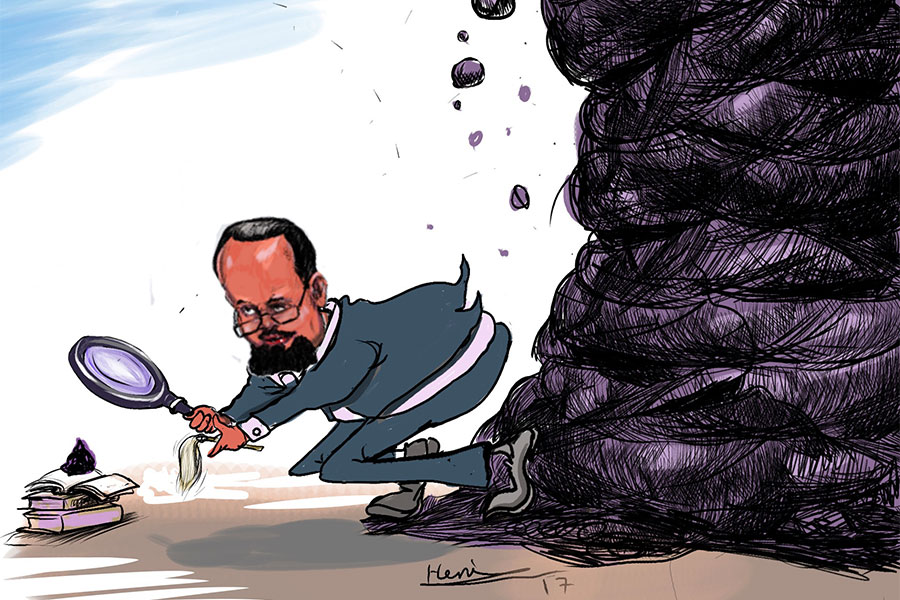
Jun 28 , 2025
Meseret Damtie, the assertive auditor general, has never been shy about naming names...
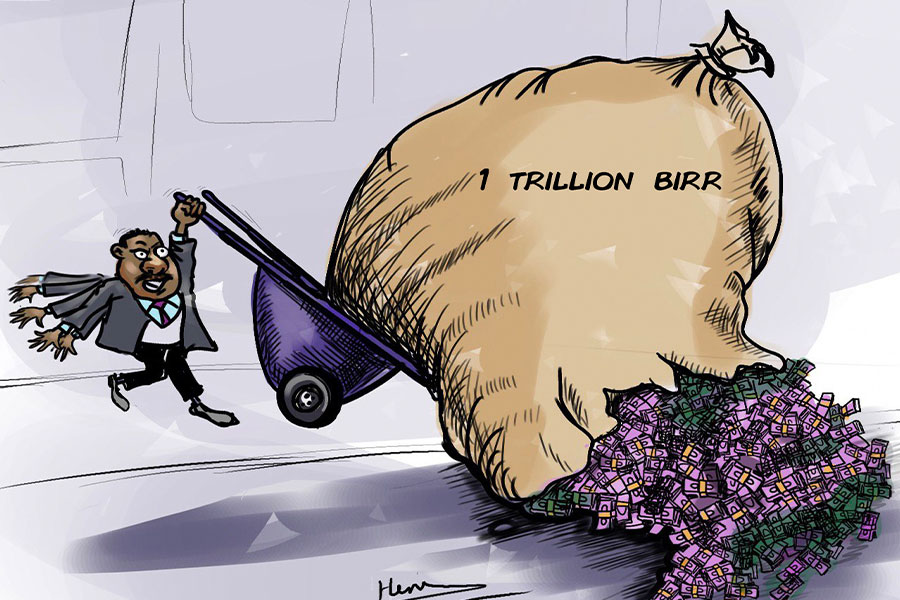
Jun 21 , 2025
A well-worn adage says, “Budget is not destiny, but it is direction.” Examining t...
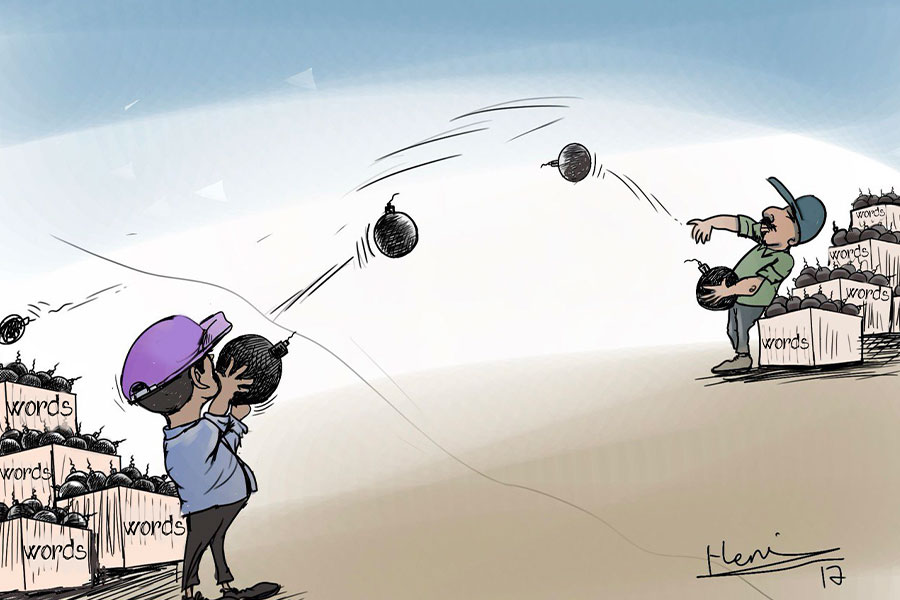
Jun 14 , 2025
Yet again, the Horn of Africa is bracing for trouble. A region already frayed by wars...

Jun 7 , 2025
Few promises shine brighter in Addis Abeba than the pledge of a roof for every family...
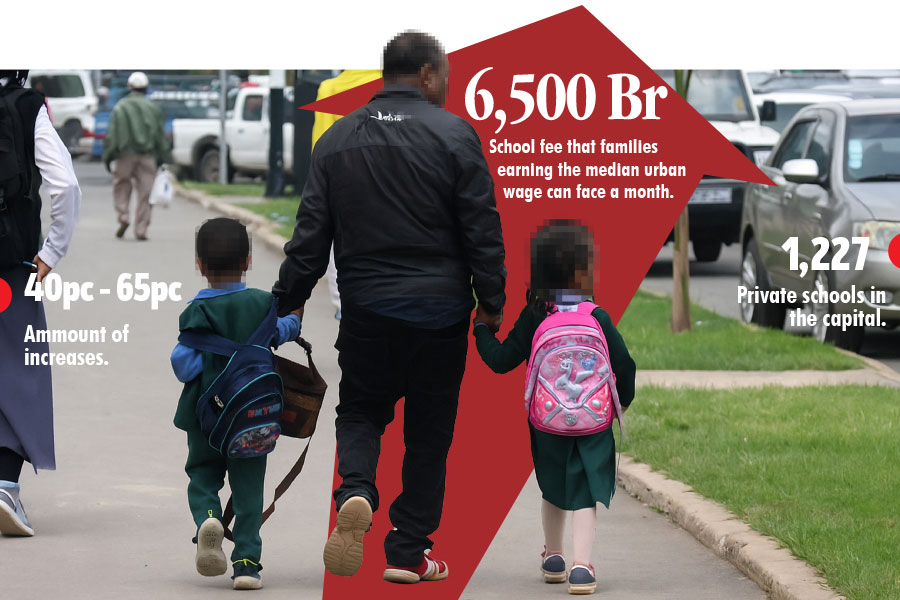
Jun 29 , 2025
Addis Abeba's first rains have coincided with a sweeping rise in private school tuition, prompting the city's education...
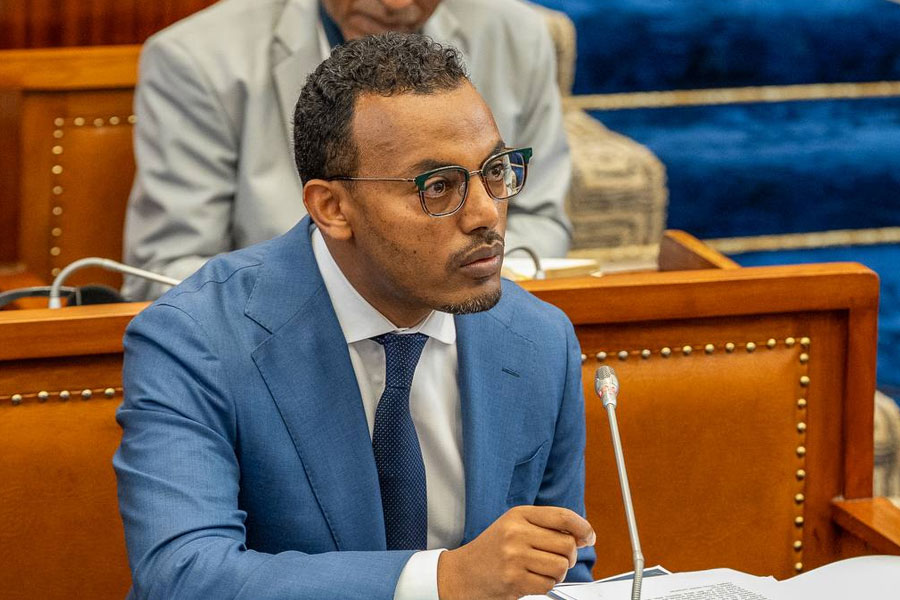
Jun 29 , 2025 . By BEZAWIT HULUAGER
Central Bank Governor Mamo Mihretu claimed a bold reconfiguration of monetary policy...
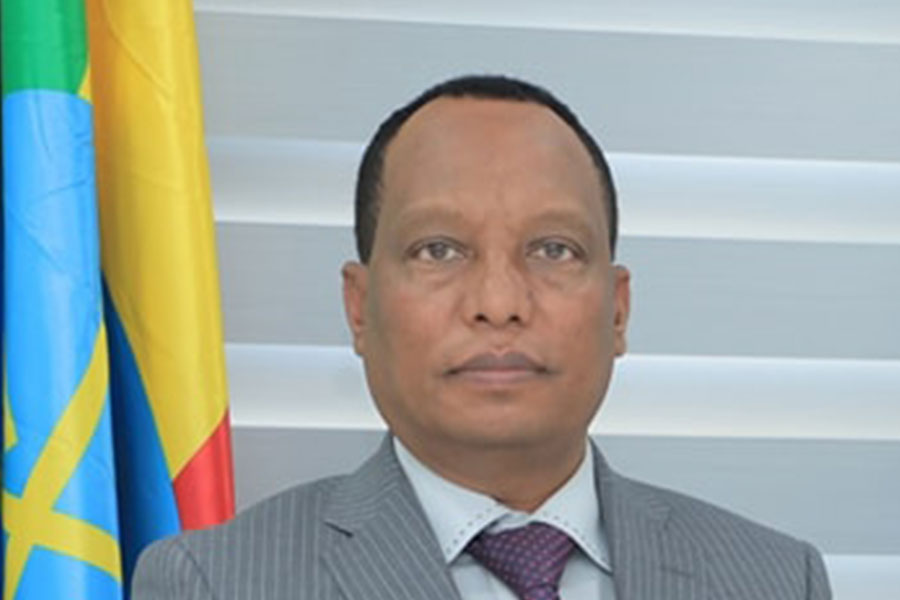
Jun 29 , 2025 . By BEZAWIT HULUAGER
The federal government is betting on a sweeping overhaul of the driver licensing regi...

Jun 29 , 2025 . By NAHOM AYELE
Gadaa Bank has listed 1.2 million shares on the Ethiopian Securities Exchange (ESX),...